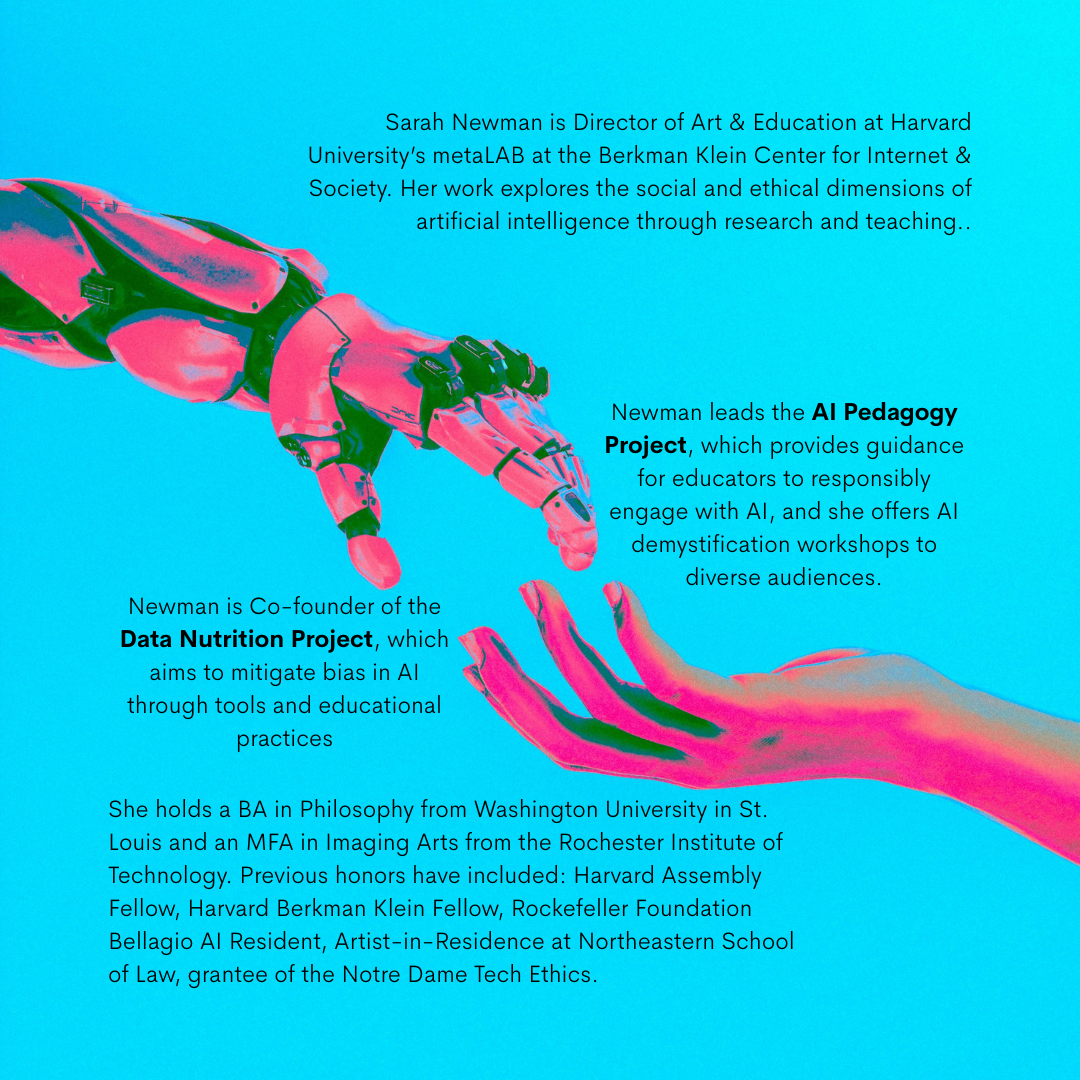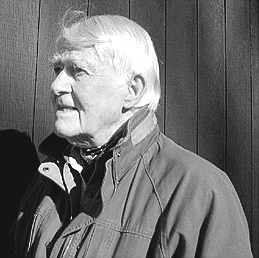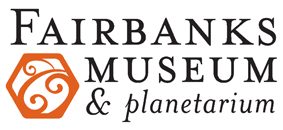
Sarah Newman
A Bug in the System? Rethinking Education in the Age of AI
Friday, Oct 17, 6:00 PM
St. Johnsbury School
257 Western Ave., St. Johnsbury VT
Artificial Intelligence (AI) is transforming how people learn, how educators teach, and how kids encounter content online. But as the technology races ahead, many are left wondering: What is the role of education in the age of Artificial Intelligence? Who benefits, and who gets left out? What in our classrooms should we preserve, and what is ready to evolve?
At this Eddy Lecture, Sarah Newman, Project Lead of Harvard’s AI Pedagogy Project, will offer an introduction to how AI works, with a focus on generative AI tools that are reshaping education in visible and invisible ways. She’ll discuss positive use cases and surprising opportunities while staying mindful of AI’s potential risks. From classroom use and AI policies to parenting and homework, the talk will highlight strategies for how we can use AI to promote critical thinking, foster creativity, and prepare students for the future. Whether you are curious, skeptical, or simply trying to keep up with the rapidly evolving world of AI, you’ll walk away with a clearer understanding of how to navigate the conversation around AI and see its potential in a new light.

 Bill Eddy taught in the Environmental Program at the University of Vermont from 1977 through 1998. Prior to that he held positions with the New York Zoological Society, the Conservation Foundation, and the African Wildlife Foundation. He made some 25 trips to East Africa where he began work in the early 60’s as director of education for the Tanzania National Parks. There he developed one of the first public awareness programs in Africa devoted to the conservation of wildlife. Subsequently he was asked to develop similar programs for the national parks of Kenya and Uganda. Between 1982 and 1986 he worked with the Rendille tribe, a remote group of camel-raising nomads living in the northern desert of Kenya, to develop culturally appropriate ways to help them understand their own role in the spread of desert.
Bill Eddy taught in the Environmental Program at the University of Vermont from 1977 through 1998. Prior to that he held positions with the New York Zoological Society, the Conservation Foundation, and the African Wildlife Foundation. He made some 25 trips to East Africa where he began work in the early 60’s as director of education for the Tanzania National Parks. There he developed one of the first public awareness programs in Africa devoted to the conservation of wildlife. Subsequently he was asked to develop similar programs for the national parks of Kenya and Uganda. Between 1982 and 1986 he worked with the Rendille tribe, a remote group of camel-raising nomads living in the northern desert of Kenya, to develop culturally appropriate ways to help them understand their own role in the spread of desert.
It was in the course of such work that he became interested in the role which language and culture play in shaping peoples’ perception of their environment. As a film maker he has produced several Swahili language documentaries on wildlife conservation which have been seen by literally millions of viewers throughout East Africa. His work with the International Division of the U.S. National Park Service has involved him in many projects covering a wide range of environmental concerns in India, Nepal, and Sri Lanka. Peace Corps invited him to help them develop programs to increase environmental awareness and understanding in a number of African, Central American and Caribbean countries, and to design training programs for Peace Corps volunteers to help them to “see” their own environmental biases before they began working with other cultures.
John Muir, Aldo Leopold and Bill Eddy – An Appreciation
William H. Eddy Jr. was a ground-breaking environmentalist, filmmaker, writer and philosopher. His extensive efforts in preserving and protecting the natural world was profound and far-reaching. The number and scope of his accomplishments help to preserve significant ecological areas all over the world. He helped to protect unique natural resources in Japan, Thailand, Sri Lanka, India, Nepal, the United States, Tanzania, Kenya, and Uganda among other locations.
During the last decade of his life, I was fortunate to be able to conduct a number of interviews with Bill about his life and his work. Of his many accomplishments one stands out to me as a simple example of his creative and self-less work.
In 1970 Bill was working for the Conservation Foundation in Washington. An organization came to them and said there was an ecological crisis unfolding in Dominica. The government of Dominica was in negotiations with the Canadian government to allow a logging firm to clear cut 80% of the island. Bill went to the island for ten weeks met with officials to see what could be done. He saw that unlike most of the other Caribbean Islands Dominica did not have a sugar cane industry and therefore had preserved most of its original environment. In addition, they had the largest Indigenous population in the entire Caribbean. He delighted in talking about how much he admired their art and culture.
Bill described to me his first trip into the interior: he said “Getting to the interior was difficult. The trees were massive and the forest was incredibly dense. There is a place called Boiling Lake, and I thought I was going to see dinosaurs – you come into this valley and there are these massive black fumaroles coming up everywhere. In that valley is Boiling Lake. It’s not very big, but you sit on the shore of that lake and there is steam comes off of it in massive waves. And there were bubbles – massive bubbles – 40 feet across!”
During his time there he met with the leaders of the country. One official had a background in forest management and Bill convinced him – and eventually the ruling government – to reject the Canadian offer. It was Bill’s idea to create a National Park. To bolster the case he wrote a booklet “A Chance for Choice” which proved to be instrumental in persuading legislators and the general population to reject the logging operation.
Morne Trois Pitons was established as the Islands first National Park in 1975 and became a UNESCO Heritage site in 1997. Its creation led to the country turning its attention towards tourism and creating more parks and forest preserves.
A few years after Bill’s work there he got a phone call from the president who said the country was going to award him its highest honor. I asked him what he thought about that. He told me, in his humble way, “I just couldn’t believe it.”
Bill’s work was as critical to Dominica and other countries of the world as the work of John Muir and Aldo Leopold was to the creation of National Parks, National Forest and wilderness areas in the United States. His work wasn’t limited to an appreciation of the environment and sciences, but included the human territories of art, music and culture. He wanted to broaden our perspective, to open our minds to new ideas and ways of thinking as his journeys to the far corners of the world had done for him. Toward that end, his final contribution was the creation of the William Eddy Lecture Series.
Alan Boye, May, 2024
William Eddy Lecture Speakers
Chef Joseph Yoon, edible insect ambassador and founder of Brooklyn Bugs, brought his culinary artistry and passion for sustainable food to St. Johnsbury with a series of interactive events, including a lecture, cricket-powder pancake breakfast, and bug banquet.
Paul Winter, seven-time Grammy® winner with a body of work that chronicles his wide-ranging experiences in the musical traditions and natural environments of the Earth. The saxophonist, composer and bandleader founded Living Music as the recording context for his ensemble, the Paul Winter Consort, and his community of colleagues, which includes some of the world’s finest jazz, world, and classical musicians, along with notable voices from the great symphony of wildlife.
Rosemary Mosco is a science writer and naturalist who makes books and cartoons that connect people with the natural world. (2024)
Suzanne Simard, a pioneer on the frontier of plant communication and intelligence who is hailed as a scientist who conveys complex, technical ideas in a way that is dazzling and profound. (2023)
Zach Umperovitch, world’s leading authority on Rube Goldberg designed contraptions (2023)
Megan Nedzinski, of Vermont Integrated Architecture, and Adam Kane, Executive Director of the Fairbanks Museum, offered an in-progress tour of the Tang Science Annex with details about the design, materials, and construction process. (2022)
Dr. Leslie-Ann Dupigny-Giroux is the Vermont State Climatologist. She led a discussion about the impacts of climate change with Dr. Janel Hanrahan (Chair of Atmospheric Sciences at Northern Vermont University) and Dr. Ryan Rebozo (Director of Conservation Science at the Vermont Center for Ecostudies), moderated by Jane Lindholm, host of Vermont Edition and creator of the But Why? podcast on Vermont Public. (2020)
Ed Koren: Ed Koren is known for conveying visual satire through his distinctive illustrations, many of them published in The New Yorker magazine (2019)
Abdi Nor Iftin: Call Me American – author and interpreter reflects on the journey from war-torn Somalia to northern New England (2018)
Sonam Wangchuk, engineer and educational reform advocate, winner of the 2016 Rolex Award for Enterprise (2017)
“Allies & Invaders” – Lectures and guided field program with experts from Dartmouth College and regional forestry services (2017)
Billy Collins, former US Poet Laureate and best-selling author (2016)
John Abele, co-founder of Boston Scientific, “Search for the USS Grunion” (2016)
Elizabeth Kolbert, Pulitzer Prize winning journalist and author of The Sixth Extinction: An Unnatural History (2015)
David Macaulay, writer and illustrator of The Way Things Work (2014)
Calvin Trillin, writer and commentator (2014)
Dr. Geoffrey West, Distinguished Professor at the Sante Fe Institute (2013)
Nancy Abrams and Joel Primack, authors of The New Universe and the Human Future (2012)
Michael Specter, The New Yorker staff writer (2012)
Rob Mermin, founder of Circus Smirkus (2011)
Steve Curwood, host and executive producer of “Living on Earth” (2011)
Katy Payne, director of the Elephant Listening Project (2010)
